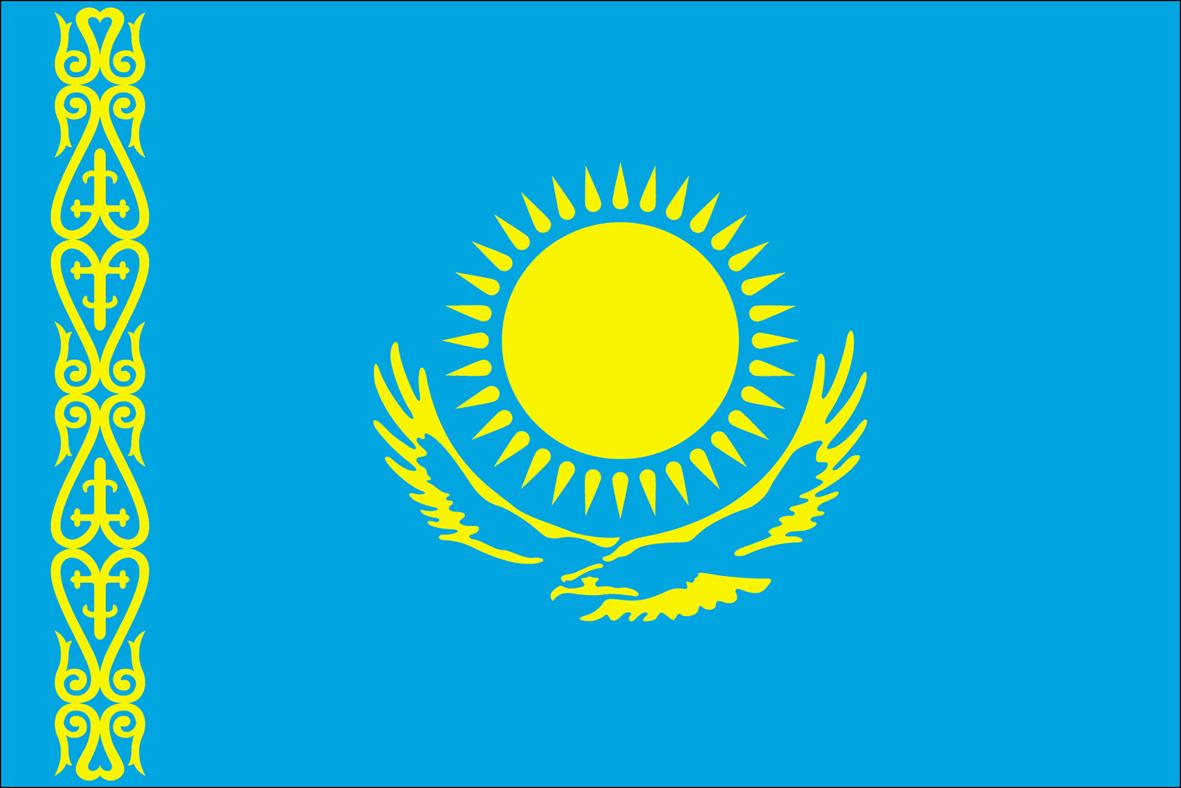Mongolian traditional art of Khöömei
© S. YundenbatKhöömei is a form of singing originating in western Mongolia, in the Altai mountains. The performer imitates sounds of nature, simultaneously emitting two distinct vocal sounds: along with a continuous drone, the singer produces a melody of harmonics. Khöömei literally means pharynx, and it is believed to have been learned from birds, whose spirits are central to shamanic practices. The multitude of Khöömei techniques in Mongolia are grouped within two main styles: the kharkhiraa (deep Khöömei) and isgereeKhöömei (whistled Khöömei). In kharkhiraa the singer sings a drone in a normal voice, while emphasizing the undertone or subharmonic one octave below. In isgeree Khöömei, it is the overtones above the fundamental note of the drone that are emphasized, creating a higher-pitched whistle. In both cases, the drone is produced with very taut vocal cords, and the melody is created by modulating the size and shape of the mouth cavity, opening and closing the lips and moving the tongue. Khöömei is performed by Mongolian nomads in a variety of social occasions, from grand state ceremonies to festive household events. Khöömei is also sung during herding, and inside the yurt to lull babies to sleep. Traditionally Read more about this element on the UNESCO Intangible Heritage website.










